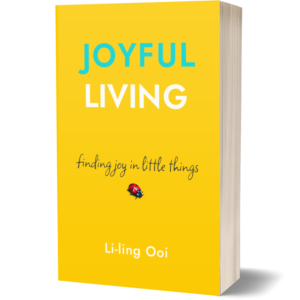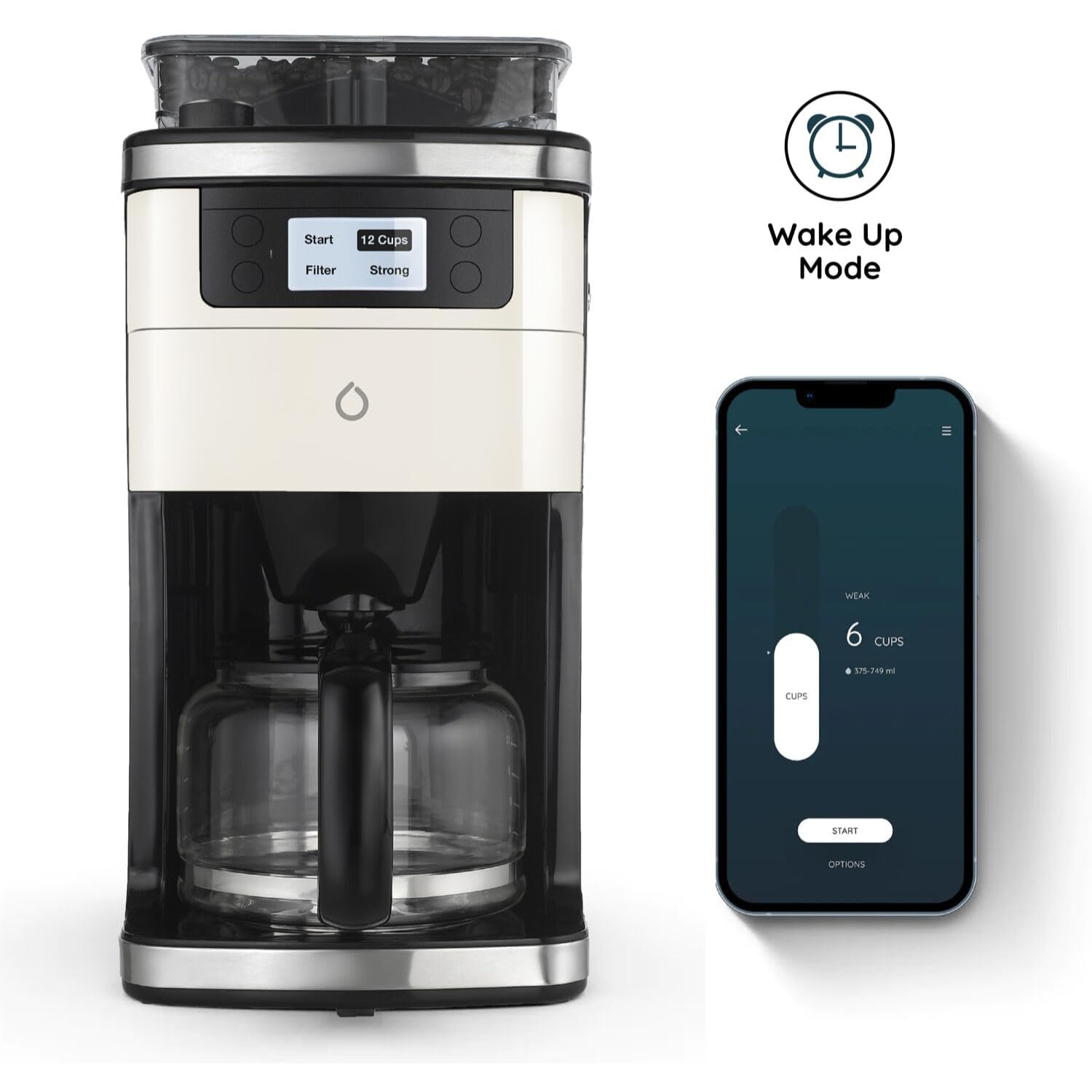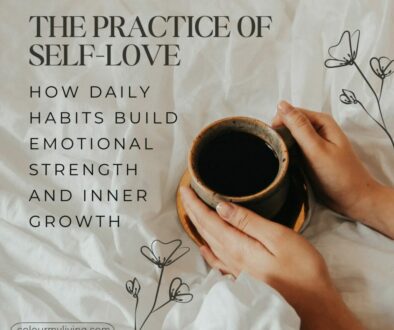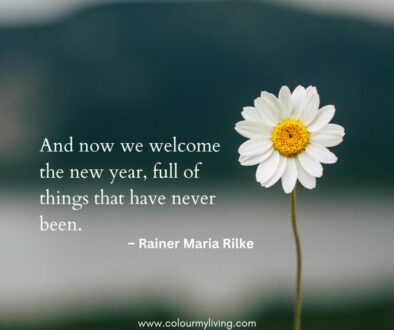How to Build a Daily Gratitude Practice That Lasts
Gratitude is a simple but powerful habit that can transform your perspective and improve your overall well-being. By focusing on the good in your life, you can cultivate a positive mindset and build resilience, even during challenging times. Yet, despite its many benefits, many people struggle to maintain a consistent gratitude practice. Here is how you can make your gratitude practice last.
It is common to fall out of the habit of beating grateful when you feel forced to express gratitude, when you are not able to make it a habit, or when you simply lose the inspiration or motivation to keep it up. This guide provides actionable steps to help you create a daily gratitude practice that will last—one that feels meaningful, natural, and genuinely impactful.
Why Gratitude Matters
Gratitude isn’t just a feel-good idea; science backs its profound effects on our mental and physical health. Studies show that practicing gratitude consistently can increase happiness levels by up to 25% while reducing symptoms of depression and anxiety. People who regularly express gratitude also report better sleep, lower blood pressure, and stronger relationships.
Beyond the personal benefits, gratitude shifts your focus from lack to abundance, enabling you to foster a greater sense of contentment and joy. Whether it’s appreciating small moments (see book recommendation below) like a kind word from a stranger or more significant milestones, gratitude can reframe your perspective and enrich your life in countless ways.
Here is an overview of 10 easy and helpful steps to help make your daily gratitude practice last.
- Start small and stay simple
- Build gratitude into your routine
- Make it meaningful
- Find creative ways to practice gratitude
- Overcome challenges to consistency
- Involve others in your practice
- Reflect on the impact of your practise
- Celebrate milestones on your gratitude journey
- Tailor your practice to your personality
- Make gratitude a mindset, not just a practice
Step 1: Start Small and Stay Simple
What You Need: Tools to help get started: a notebook, phone app, or sticky notes
The key to building a lasting gratitude practice is by starting small. Rather than overwhelming yourself with lofty goals, begin by identifying just one thing you’re grateful for each day. It could be as simple as being grateful for your morning coffee or appreciating when your favorite song comes on the radio.
Write it down in a notebook, log it in a gratitude app, or even jot it on a sticky note—what matters most is consistency. Studies suggest that writing down your gratitude enhances its impact, making the practice more intentional and reflective. By keeping things simple and achievable, you’re more likely to stick with the habit and let it grow naturally over time.
ACTION:
- If you have an iPhone, use the Journal app and start a new entry by tapping the compose button, then write down what your grateful for.
- Otherwise, search the App Store for apps specifically designed for gratitude journaling, such as “Happyfeed” or “Delight” and log your gratitude there.
- You can also go old school and get a pen and journal. Write down at least one thing you’re grateful for each day.

Step 2: Build Gratitude into Your Routine
The easiest way to make gratitude a habit is to tie it to something you already do every day. Pairing your gratitude practice with an existing routine—like enjoying your morning coffee, brushing your teeth, or winding down before bed—creates a natural reminder to reflect on the positive moments of the day. For example, you might start each day by writing one thing you’re grateful for before checking your phone or social media.
Alternatively, end your day by thinking of highlights from the past 24 hours. Research shows that habits linked to established routines are more likely to stick, so by embedding gratitude into your daily schedule, you set yourself up for long-term success.
ACTION: Tying gratitude to an existing habit (e.g., morning coffee, bedtime ritual) incorporate gratitude into your daily life.
Step 3: Make It Meaningful
Gratitude works best when it is sincere and personal. Instead of writing generic statements like “I’m grateful for my family,” focus on specific moments or actions that made an impact. For example, “I’m grateful my sister called to check on me today” or “I’m thankful for the kind gesture from the barista who remembered my name.”
These details not only make the practice more meaningful but also helps you relive positive experiences. A deeper sense of connection to your gratitude makes the habit more rewarding and reinforces its benefits over time. By cultivating awareness of the small yet significant moments in your life, you’ll begin to see how much there is to appreciate.
ACTION: Focus on specific moments, actions, or experiences that made an impact and relive the positive experience.
Step 4: Find Creative Ways to Practice Gratitude
If writing in a journal every day feels monotonous, explore creative ways to keep your gratitude practice engaging. Try starting a gratitude jar where you write down things you’re thankful for on slips of paper and collect them over time. By the end of the year, you’ll have a tangible reminder of the positive moments that brought you joy.
Another idea is to create a visual gratitude board by pinning photos, quotes, or mementos that symbolize what you appreciate most. Writing thank-you letters to people who’ve impacted your life is another powerful method. These creative approaches not only add variety to your routine but also deepen the emotional connection to your gratitude, making it easier to stay committed in the long term.
ACTION: Ideas for keeping the practice engaging: Gratitude jars, Writing thank-you letters, Creating a visual gratitude board. Creativity helps sustain motivation

Step 5: Overcome Challenges to Consistency
Like any habit, maintaining a gratitude practice comes with its challenges. You may forget to write things down, feel uninspired, or question the authenticity of your gratitude. To overcome forgetfulness, set a daily reminder on your phone or place your journal in a visible spot.
For moments when inspiration feels lacking, remind yourself that gratitude isn’t about finding monumental things to celebrate—it’s about appreciating the little moments, like a warm cup of tea or a smile from a stranger. If the practice starts to feel forced, give yourself grace and focus on the process rather than achieving perfection.
Remember, gratitude is a gift you give yourself, not a chore, and taking small steps to stay consistent will lead to lasting benefits.
ACTION: Strategies for overcoming these hurdles: reminders, self-compassion, and reframing gratitude as a gift to yourself.
Joyful Living – finding joy in little things
With simple observations, insights into human nature, and self-reflections, the pages share the art of finding deep joys in simplicity — whether it’s the serenity of a quiet morning, the spontaneous laughter of a child, or the warmth of a shared meal, there’s an ocean of joy waiting to be discovered in life’s little things.
Step 6: Involve Others in Your Practice
Gratitude becomes even more powerful when shared with others. Involve your loved ones by creating a group gratitude practice, such as sharing something you’re grateful for during family meals or starting a weekly gratitude challenge with friends.
Writing thank-you notes or expressing appreciation directly to others strengthens your relationships and amplifies the positive energy of your practice. You can also connect with a community of like-minded people by joining online groups or forums dedicated to gratitude.
When gratitude becomes a shared experience, it fosters connection, accountability, and a deeper sense of joy, making it easier to sustain the habit.
ACTION: Sharing gratitude with friends, family, or a partner. Start group activities like gratitude challenges or family gratitude circles.
Step 7: Reflect on the Impact
Taking time to reflect on your gratitude practice reinforces its benefits and keeps you motivated. At the end of each week or month, review your entries or revisit your gratitude jar to see how far you’ve come. Look for patterns in the things you’re grateful for—this can provide insight into what truly matters in your life.
Reflecting on the positive moments can also help you navigate difficult times, reminding you of the abundance and support that already exist around you. This reflection isn’t just about looking back; it’s about using gratitude as a lens to shape your future perspective, ensuring the practice remains a meaningful part of your life.
ACTION: Review your gratitude entries to notice patterns and growth. This reflection can reinforce the habit.
Step 8: Celebrate Milestones in Your Gratitude Journey
As you build your gratitude practice, take time to celebrate milestones, whether it’s completing a week, a month, or a year of consistent reflection. Acknowledging your progress reinforces your commitment and motivates you to continue. Celebrations can be as simple as treating yourself to a special activity or reflecting on the growth you’ve experienced.
Consider journaling about how your perspective has shifted or how gratitude has positively impacted your mental health and relationships. Recognizing these milestones makes the practice feel rewarding and reminds you of the benefits gratitude can bring to your life.
ACTION: Celebrate your gratitude milestones, whether it’s a week, a month, or a year, by acknowledging your progress, treating yourself, and reflecting on how gratitude has positively impacted your life.

Step 9: Tailor Your Practice to Your Personality
There’s no one-size-fits-all approach to gratitude, so adapt your practice to fit your lifestyle and preferences. If you’re a visual person, create a photo collage or use a gratitude app with images. If you’re more verbal, record voice notes of gratitude or discuss your reflections with a friend or partner. For creative types, turn gratitude into art or poetry. The key is to make the practice your own—something you enjoy and look forward to. Personalising your approach ensures that your gratitude habit feels natural, making it easier to sustain over the long term.
ACTION: Tailor your gratitude practice to your personality by choosing methods that align with your preferences, such as journaling, voice notes, art, or photo collages, to ensure it feels natural and enjoyable.
Step 10: Make Gratitude a Mindset, Not Just a Practice
Ultimately, the goal of a daily gratitude practice is to make gratitude a natural part of your mindset, influencing how you view the world. As you cultivate this habit, you’ll find yourself naturally noticing and appreciating the positives in everyday life, even without consciously writing them down.
This shift can lead to greater optimism, resilience, and joy. Practising gratitude must be more than a task; it needs to be a way of living that transforms how you experience both challenges and blessings. By committing to a gratitude journey, you’re not just starting a practice— but working to create a mindset that enriches every aspect of your life.
ACTION: Transform your gratitude practice into a mindset by naturally noticing and appreciating all of life’s positives. Turn gratitude into a way of living that will bring optimism, resilience, and joy.
Conclusion
A daily gratitude practice is one of the simplest yet most impactful habits you can cultivate. By starting small, staying consistent, and personalizing the practice to fit your life, you can experience valuable shifts in your mental, emotional, and even physical well-being. Gratitude helps you see the abundance in your life, strengthens your relationships, and equips you with a resilient mindset to face life’s challenges. It’s not about perfection but about progress and presence—appreciating what you have while remaining open to the joy each day brings.
Start your gratitude journey today. Take five minutes to reflect on one thing you’re grateful for and write it down. Share your gratitude journey with us in the comments or on social media using #GratefulLiving. Together we can build a community that celebrates the beauty of everyday life.
Joyful Living – finding joy in little things
Joyful Living is a heart-warming reminder that true contentment is often found in the ordinary moments that we so often overlook. This book is a gentle invitation to slow down, breathe, and reacquaint oneself with the myriad of tiny pleasures that life offers up every day.















